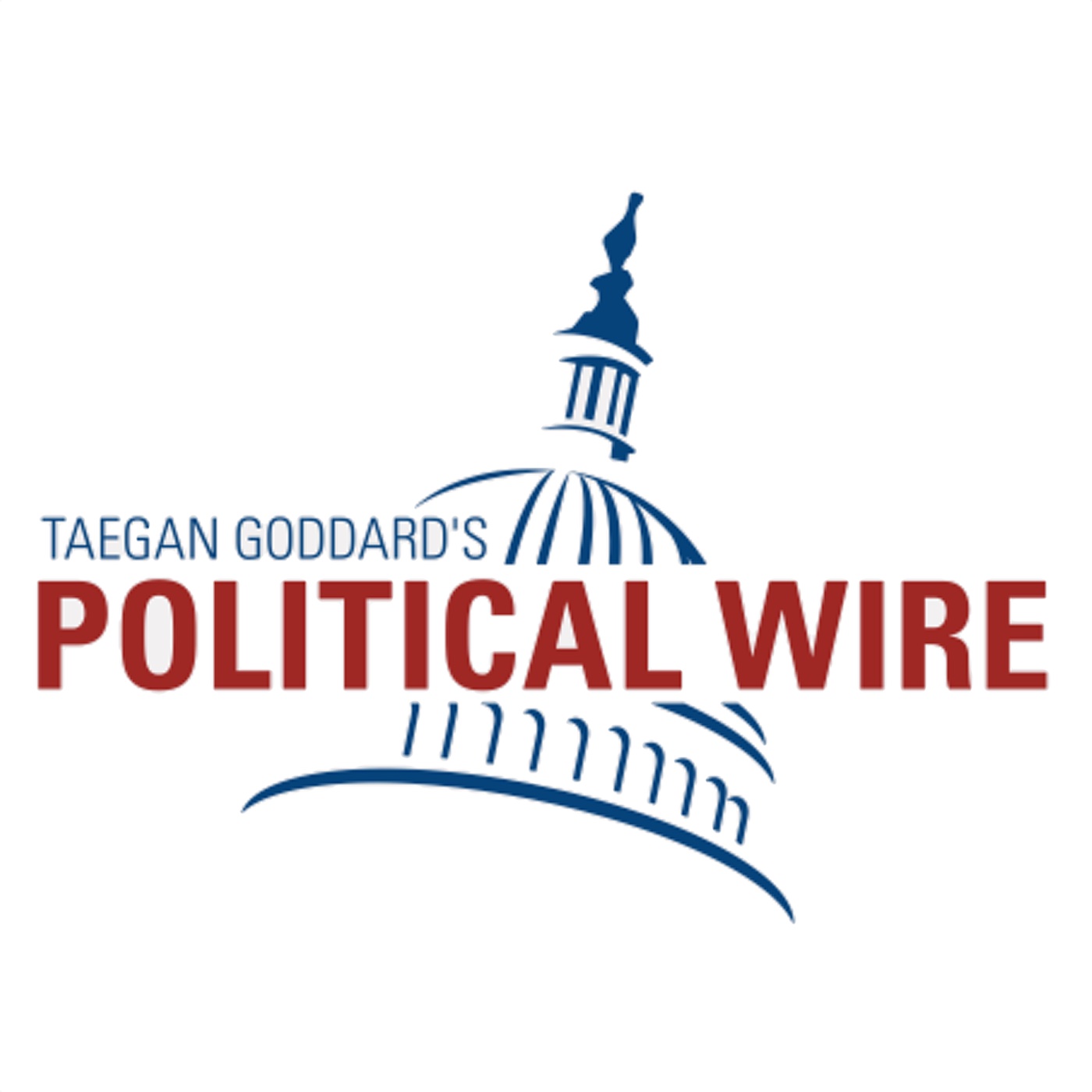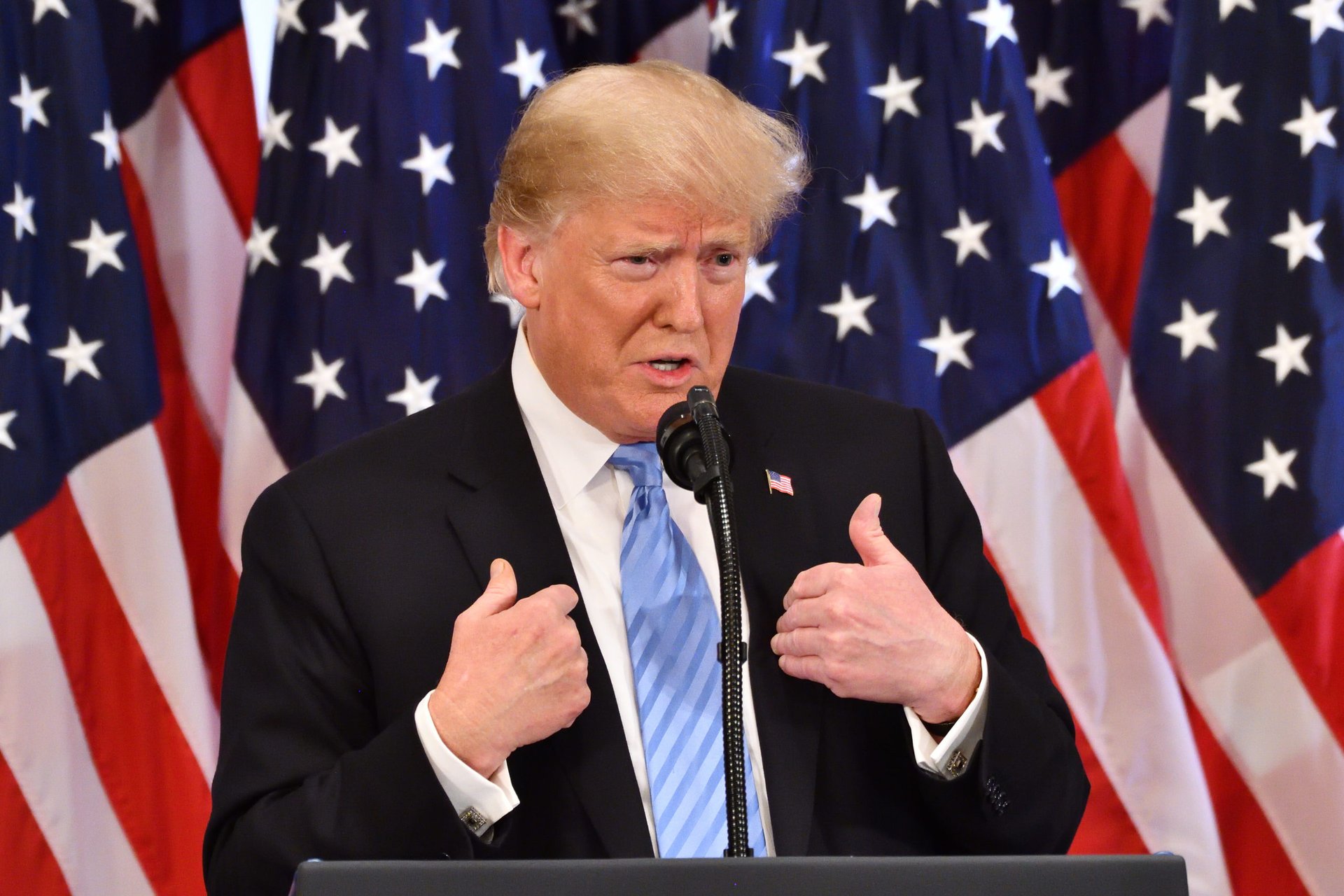This story and podcast had been produced as a part of the Colorado Capitol Information Alliance.
One of many headline payments of Colorado’s 2025 legislative session would rewrite the state’s 80-year-old rule on labor organizing, making it simpler for unions to require that every one workers at an organization pay charges for collective bargaining illustration, no matter whether or not they’re members of the union.
Proper now, it takes a easy majority vote for employees to kind a union. However reaching so-called union safety, the place all workers at an organization are required to pay for illustration, is a a lot taller activity.
The Colorado Labor Peace Act requires a 75% vote of approval earlier than a union may even negotiate with an employer over imposing union safety.
Senate Invoice 5 would take away the union safety vote requirement altogether.
Senate Invoice 5 possible has sufficient Democratic assist to move the state legislature, however Gov. Jared Polis has indicated he gained’t signal it into regulation as is. And the Colorado enterprise neighborhood is pushing again on the proposal, too.
Right here’s a proof of the historical past of the Labor Peace Act, what precisely it does and the political hurdles dealing with Senate Invoice 5 on the Capitol this yr.
Colorado labor wars
This is a matter with a protracted Colorado historical past in a state that after went to struggle with itself over labor organizing.
College of Colorado Professor Thomas Andrews directs the varsity’s Heart for the American West. He wrote the ebook “Killing for Coal: America’s Deadliest Labor Conflict,” which focuses on the epic battle between the nation’s largest union and a coal firm underneath the management of the Rockefeller household.
That battle included the Ludlow Bloodbath in 1914 when militias fired on a tent camp in Colorado for placing miners and set it on fireplace. Twenty-one males, girls and kids died.
“It’s essentially the most well-known and most notorious occasion in an even bigger battle that historians usually check with because the Colorado Coalfield Conflict,” Andrews stated. He added that it was nationwide information.
However, based on Andrews, the combating lasted even longer when strikers responded with a guerilla struggle in southern Colorado.
“They’re fairly profitable. They take over firm cities, they dynamite coal mines. They pushed again the state militia, and so they basically took management of the strike zone till common federal troops arrived,” he stated.
Andrews stated the response to all this violence was blended. Some individuals backed the strikers, some sided with the corporate, and lots of people felt caught within the center. However the impacts had been felt by everybody. Colorado was a coal state and coal costs went up.
“One of many type of narratives that actually will get more and more highly effective over the course of the strike is this concept that within the battle between employees and capital, that most people was being deprived,” he stated.
Within the following years, Colorado’s politics received extra conservative.The state prohibited alcohol in 1916, earlier than it turned a nationwide regulation. Then within the Thirties and Forties, Andrews stated unions had been gaining energy throughout the nation as a part of the New Deal and the passage of the Nationwide Labor Relations Act coupled with all of the manufacturing throughout World Conflict II. He stated Colorado’s Labor Peace Act turned regulation in 1943 in that greater context.
“What you see then is that that is in lots of methods an effort to constrain unions who’ve grow to be so highly effective that they’re beginning to scare Colorado’s powers that be,” Andrews stated.
After World Conflict II , Congress handed a regulation that put new limits on union organizing referred to as the Taft-Hartley Act and opened the door to the type of right-to-work legal guidelines which have unfold throughout the nation since then.
Within the aftermath, there have been lots of large labor strikes.

“Labor is actually militant once more, and so the American proper tries to push again, and Taft-Hartley will get handed over President Truman’s veto and Taft-Hartley then actually opens the door for contemporary to work legal guidelines as we all know them,” Andrews stated.
These right-to-work legal guidelines strip unions of the flexibility to gather charges from everybody within the office as a situation of employment.
The way it works
Immediately the nation is nearly evenly cut up between right-to-work-states and non-right-to-work-states.
In non-right-to-work states, if a enterprise unionizes, the union can cost all workers a payment for his or her illustration, even when they don’t need to formally be part of the union. In right-to-work states, unions don’t have that energy — they will nonetheless negotiate on behalf of employees, however they will’t truly accumulate cash from everybody they’re representing.
After which there’s Colorado. It’s referred to as a modified right-to-work state.
Which means unions can achieve the facility to gather charges from everybody in a office, however they face extra limitations to getting that energy than in a non-right-to-work state due to the union safety vote requirement underneath the Labor Peace Act.
As soon as employees kind a union by means of a easy majority vote, their powers are fairly restricted. They will appoint store stewards and attempt to get the employer to discount with them, however they don’t have the assets or energy to actually combat exhausting for issues like higher wages and advantages.

Unions say they want union safety charges to fund collective bargaining.
Unions are required to discount on behalf of all employees at an organization, whether or not they’re within the union or not. That’s why they really feel it’s solely truthful that union safety be imposed to cowl the price of issues like attorneys and negotiating specialists.
To be clear, union charges and union dues are two various things.
Employees can’t be pressured to affix a union, and solely members of the union pay dues. That cash can go towards issues like political actions, whereas illustration charges paid by means of union safety can solely go towards collective bargaining.
The Colorado Solar analyzed union safety votes in Colorado in latest a long time, discovering they fail almost half the time. That stated, unions have had extra success as of late. Of the 25 union safety votes taken in Colorado since early 2020, 16 have handed.
The vote also can take a while to occur.
The union safety elections are run by the state Division of Labor and typically the state isn’t so quick. That may drag out the unionization course of, throughout which the make-up of the office can shift and momentum can gradual. And employers can do extra to strain employees to vary their minds about unionizing.

“That is about ensuring employees have a voice. It’s about making certain that we have now the facility to advocate for ourselves. It’s about ensuring that after we stand collectively, we are able to enhance our communities,” Liza Nielsen, a former Starbucks employee who tried to unionize her retailer, testified on the Capitol.
On the opposite aspect, you’ve received employers who argue that the brink for requiring that employees pay illustration charges needs to be excessive. They’re involved about what it might imply for his or her means to rent and the wages they’d be pressured to dish out if their employees must pay illustration charges.
In the course of the invoice’s first listening to, enterprise group after enterprise group talked about what a success eradicating the union safety vote requirement can be to Colorado’s competitiveness. They argue corporations would look to right-to-work states when deciding the place to relocate.
“We do see this as yet another issue that’s going to show of us away,” Loren Furman, who leads the Colorado Chamber of Commerce, advised lawmakers throughout a committee listening to.
Been right here earlier than
It’s been awhile since Colorado had a considerable debate over union organizing, however the state has been right here earlier than.
In 2007, when Democrats managed the legislature by narrower margins, they handed a measure just like Senate Invoice 5. However then-Gov. Invoice Ritter, a Democrat, vetoed the laws, describing the controversy that session as bitter, partisan and divisive.
In his veto letter, Ritter wrote that he felt the proposal would finally harm Colorado’s financial system and make it more durable to draw new companies.

The legislative debate in 2007 touched off a poll battle.
In 2008, a right-to-work initiative was placed on the poll to limit union energy. In response, labor teams positioned two initiatives on the poll that the enterprise neighborhood hated.
The 2 sides negotiated a deal and labor pulled their measures. In return, the enterprise neighborhood joined forces with them to assist defeat the right-to-work initiative.
Why this yr? And what does the governor say?
This new push to make it simpler to totally unionize in Colorado has been constructing for a while.
About seven years in the past, after Democrats gained agency management of state authorities, unions determined to strive once more, however didn’t transfer ahead due to COVID. The labor motion felt the pandemic was the flawed time to push for such a giant change as companies and employees had been coping with every kind of different points.
The political local weather for unions has solely improved since then. Democrats have even wider legislative majorities. Additionally they have discovered champions in prime leaders like Senate Majority Chief Robert Rodriguez, a Denver Democrat and one of many lead sponsors of the invoice, and Home Majority Chief Monica Duran, a Wheat Ridge Democrat.

However even with this altering political panorama that’s favorable to union backers, Polis stays the most important impediment.
“I’m open to a greater compromise than the Labor Peace Act,” stated Polis in an interview with The Colorado Solar earlier this month. “(The) Labor Peace Act has definitely served us nicely, however I’m open to a greater compromise if there’s one on the market. I’m not assured. I don’t suppose there’s, but when there’s, I’m all ears.”
Polis stated Colorado has discovered this center floor between these right-to-work and non-right-to-work states and thinks employees want to have the ability to vote on union safety, particularly.
“I’m all for unions and voting by majority to kind a union,” he stated, “but when dues are going to be deducted from paychecks, I believe the employees need to have a say.”
He stated one other potential choice is to maintain that second union safety vote however decrease the brink required for passage. To this point, the backers of the measure aren’t entertaining that concept.
Fred Redmond, the nationwide secretary of the AFL-CIO, flew to Colorado to testify on the invoice’s first listening to. He stated he had an open and trustworthy dialog with the governor, however they only basically have completely different views on the present Labor Peace Act.
“He expressed to me that he considered this as a compromise with the enterprise neighborhood,” Redmond stated. “And I used to be open and trustworthy with him that we view it as unacceptable. So we’ll see the place we go.”
This story was produced by the Capitol Information Alliance, a collaboration between KUNC Information, Colorado Public Radio, Rocky Mountain PBS and The Colorado Solar, and shared with Rocky Mountain Group Radio and different information organizations throughout the state. Funding for the Alliance is supplied partly by the Company for Public Broadcasting.









